City with Extraordinary Architectural Importance-
|
India has a rich cultural history, and with the history comes the story and with story comes the architecture of that city.
The architecture of any city has a tale to tell us and is waiting to be heard.
Architecture is not just a structure it has a more and more to tell about itself it has its own style, secrets, lifestyle, and culture always a story to tell from where it all started.
What are the things that excite you when you hear any city? It is its food, culture or architecture. Architecture is something which marks the identity of any city.
DELHI-
What’s in Delhi that you would love to see again and again except food? Is it always the mesmerizing architecture? The capital city of India has a rich history which has been thoughtfully preserved and, in some cases, restored. If you’re interested in understanding the city’s roots, culture and architecture do read it till end.
Delhi remains one of the oldest surviving cities in the world today. It is in fact, an amalgam of eight cities, each built in a different era on a different site – each era leaving its mark, and adding character to it – and each ruler leaving a personal layer of architectural identity. It has evolved into a culturally secular city – absorbing different religions, diverse cultures, both foreign and indigenous, and yet functioning as one organic entity.
Let’s see 10 architectural monuments which were fabricated in the history of Delhi.
1. Sunder nursery, sunder nagar, Delhi-
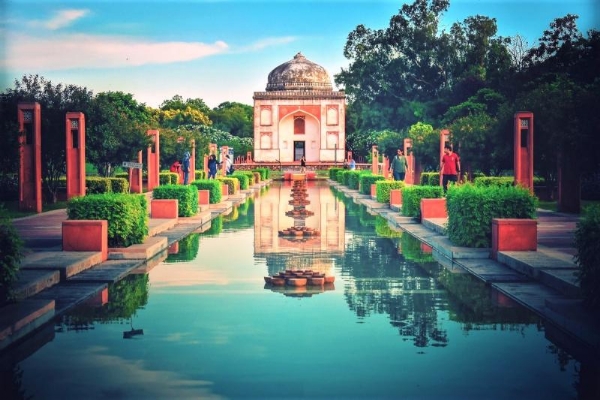
Sunder Nursery, formerly called Azim Bagh or Bagh-e-Azeem, is a 16th-century heritage park complex adjacent to the Humayun's Tomb. This heritage park was built by the Mughals back in the 16th century, and its back on the map after extensive renovations in 2017 transformed the space. Spread over a massive 90 acres (36 hectares) and containing more than 15 Mughal monuments and over 4500 trees. Traditionally built and restored in typical mughal gardens (geometric) pattern. It’s an ideal place to visit on a sunny winter afternoon.
2. Red fort, Delhi
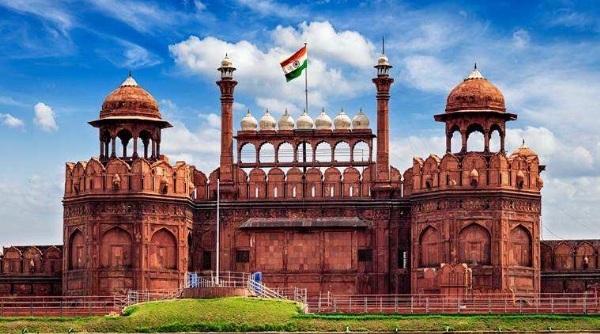
In 1639, Mughal emperor Shah Jahan commissioned the Persian architect Ustad Ahmad Lahori, who also designed the Taj Mahal, to construct the Red Fort. An immense complex of canals, geometric gardens, entertainment halls, living quarters and a mosque, the beauty of the fort represents the summit of Mughal-era architecture. Among its most impressive rooms is the Hall of Public Audience where 60 red sandstone pillars support the roof.
3. Jama masjid
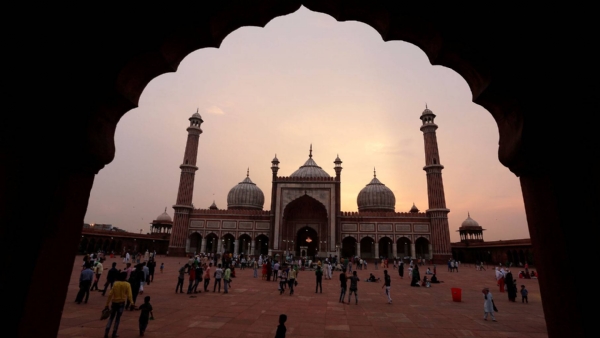
Jama Masjid is one of the largest mosques in India. It is also the last edifice built by Emperor Shah Jahan before his ultimate downfall. When the Mughal ruler first set out to build the Jama Masjid, he had a monumental ambition. Elevated 30 steps above street level, he called it the Masjid-i-Jahan-Numa, which translates as ‘mosque commanding view of the world’.
4. Qutub minar
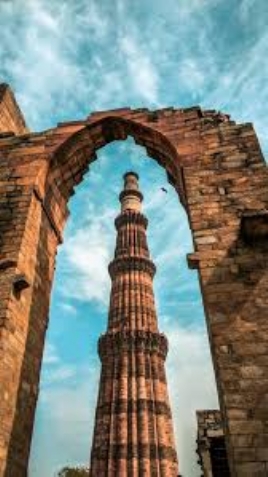
More than 800 years old, Qutub Minar is a legacy bestowed on the city of Delhi by Qutb Ud-Din-Aibak, who was the founding father of the Delhi Sultanate era. The 240ft (73m) tower has five storeys that taper towards the top. As one of the structures that originally signalled the coming of Muslim dynasties in Delhi, it occupies a seminal place in Indian history.
5. Lodhi garden
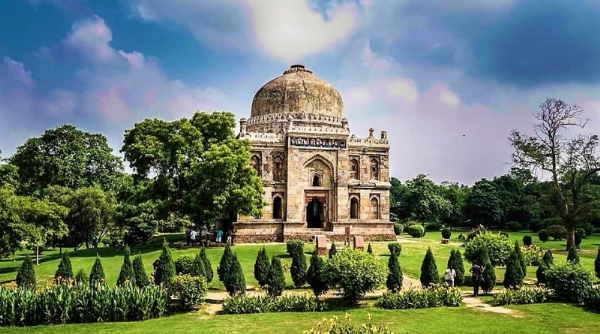
A walk along the lush 90-acre garden isn’t just rejuvenating but also serves as a quick education in the history of Delhi. Lodi Garden houses beautiful monuments such as the Bara Gumbad, Shish Gumbad and the Tomb of Sikandar Lodi, built during the 15th and 16th centuries.
6. Agrasen ki bavli
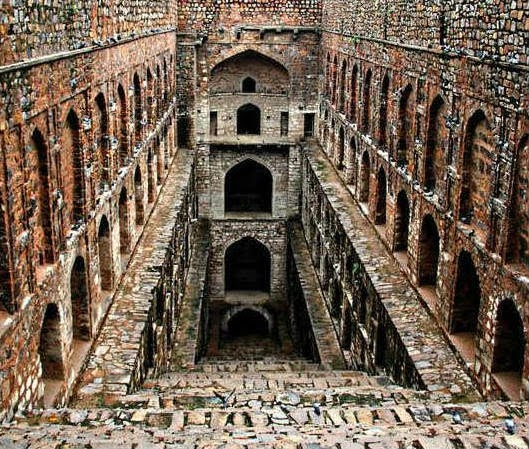
One of the city’s lesser known attractions, Agrasen Ki Baoli is a unique construction close to the busy commercial hub of Connaught Place. The builder of this ancient stepwell has never been revealed, and stories about the structure being haunted have existed for centuries. Plunging into the ground, it has 103 steps and being surrounded by its unique architecture gives you the unsettling illusion of descending into a subterranean city.
7. Humayun tomb
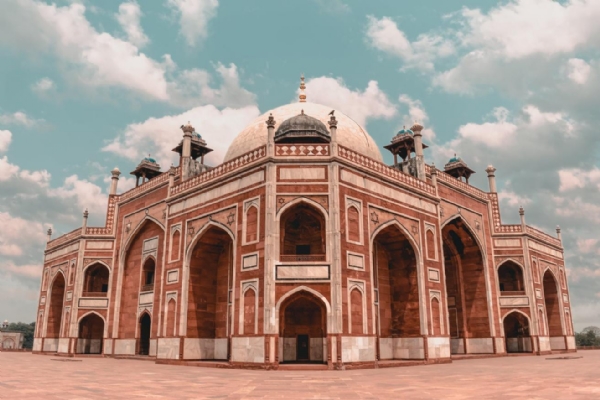
Humayun’s Tomb is special because its architecture would eventually become the inspiration for the Taj Mahal’s design, one of the Seven Wonders of the World. Commissioned in 1569 after Mughal emperor Humayun’s death in 1556, the tomb’s main architect was Mirak Mirza Ghiyas from Persia. The 25-acre plot on which the tomb is built has a four-squared garden that is further divided into 36 identical squares. During the partition of India and Pakistan, Humayun’s Tomb became a refugee camp for about five years, causing much damage to the infrastructure.
8. Jantar-Mantar
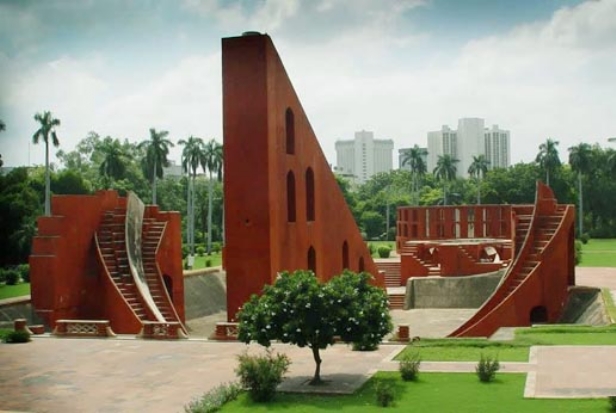
For astronomy enthusiasts, the Jantar Mantar is an absolute must-visit. The first of the five Jantar Mantars to be built by Maharajah Sawaii Jai Singh II (the 18th-century Rajput ruler), the Delhi structure is an architectural marvel erected to study the movements of heavenly bodies.
9. Lotus temple
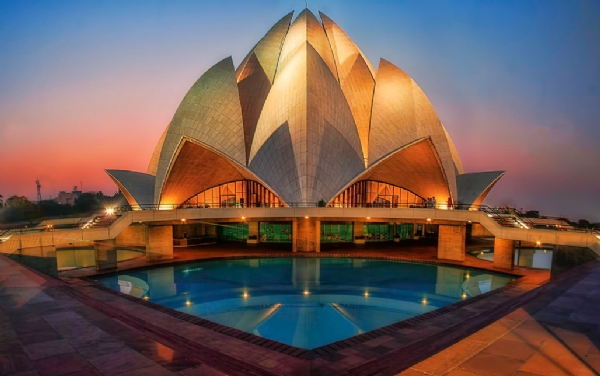
One of the most recognisable structures in India, the Lotus Temple is built out of Grecian marble shaped like unfolding lotus petals. Its design isn’t the only thing that makes it special – as a Bahá’í House of Worship, it is a space where all religions and humans are equal. This belief, along with its stunning architecture, makes the Lotus Temple the perfect place for meditative introspection.
10. Akshardham temple-
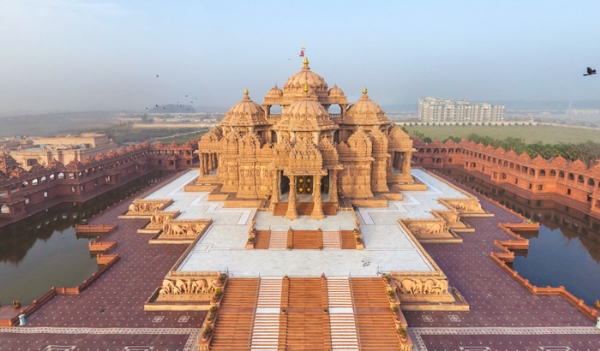
This Hindu temple’s complex is so vast and the construction so intricate that a good half day is required to properly tour the entire place. Akshardham Temple retells over 10,000 years of Indian history and culture. The main features of the temple are the 11ft (3.4m)-high statue of 18th-century Yogi Swaminarayan, and the 20,000 gods and goddesses that are carved into the temple.
Follow this series of architectural cities to get to know more about its wonderful architecture and listen to its story with a little more interest.
- Vaishnavi Sarwate
